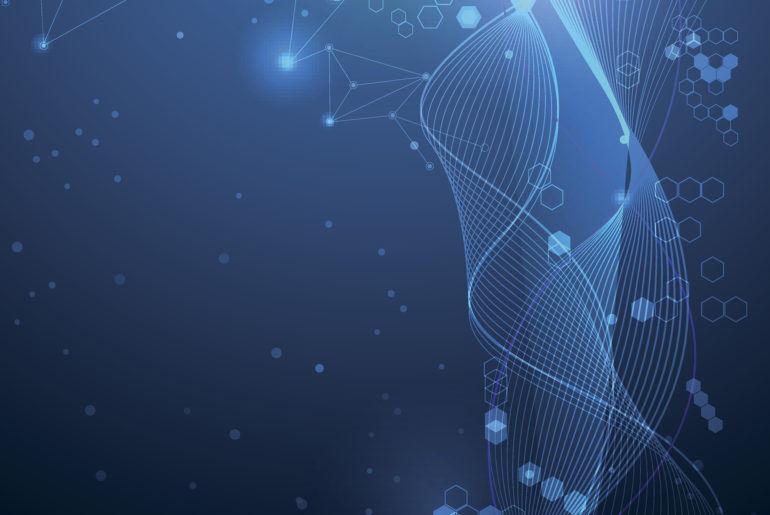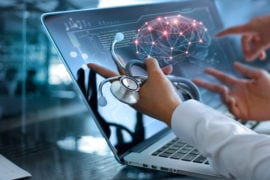The UK’s Medicines and Healthcare products Regulatory Agency (MHRA) updated its guidance on medical device standalone software last month.
It’s been updated with new guidance on a range of topics in the digital health space, including: clinical calculators; the interpretation of ‘direct diagnosis’; the ruling in Snitem v Philips France C-329/16; software which drives a device or influences device use; and control of conception apps. It also features new indicative words and phrases throughout, as examples of how the guidance may apply in practice.
We’ve set out below our top 5 takeaways from the new guidance:
- Clinical calculators
The MHRA has added new guidance (Appendix 2) on clinical calculators and examples of clinical calculators which are likely to be classified as a medical device.
Many clinical calculators meet the definition of a medical device, but not all of them need to be CE marked. Your calculator may fall outside medical device regulation if it is a relatively simple one.
The main distinguishing factor between a clinical calculator being a medical device (or not) is the ease with which the calculation / result may be verified. Put simply, the more complex the calculation (and the more difficult it is for a user to verify), the more likely the calculator will be a medical device.
- Clarification on classification of direct diagnosis
Under directive 93/42/EEC, the risk classification of a device which “allow(s) direct diagnoses’” is Class IIb. The MHRA has clarified that software allows direct diagnosis when:
- it provides the diagnosis of the disease/condition by itself;
- it provides decisive information for making a diagnosis; or
- it claims that it can perform as, or support the function of, a clinician in performing diagnostic tasks.
However, for devices intended to be used by lay users, provision of an indicative diagnosis may be enough to imply that the device is allowing direct diagnosis. Indicative words for diagnosis include: “triage”, “self-assessment”, and “medical information”.
If your company would prefer to fall outside the scope of medical device regulation, you should avoid any form of diagnostic functionality and avoid using these indicative words and phrases.
- Prescription software may be classified as a medical advice
The guidance now includes the ruling of Snitem v Philips France C-329/16 from December 2017.
This case held that software that provided prescription or dosage calculation from using patient specific data is a medical device under EU law, if the software was intended by the manufacturer to be used for one or more medical objectives specified in Article 1(2) of directive 93/42/EEC, including the diagnosis, prevention, monitoring, treatment or alleviation of disease. It is irrelevant whether the software acts directly or indirectly on the human body.
- Borderline cases relating to control of conception software
The MHRA has added some examples where control of conception software will be classified as a medical device from the Borderline manual (see Borderline manual for more examples), including:
- apps intended to facilitate conception and enable contraception based on basal body temperature; and
- stand-alone software application for conception and contraception purposes using data entered by the patient.
Examples that are unlikely to be devices include:
- apps and software that just track or display data related to a woman’s menstrual cycle to aid in ovulation prediction; and
- apps and software that just provide tips or advice.
- Software which “drives a device or influences the use of a device”
Software which “drives a device or influences the use of a device” falls into the same risk class as the device itself. The MHRA has added a new Appendix 3 to clarify this and provide some practical examples.
The term “drives a device or influences the use of a device” can include anything from direct control of a device to just selecting a device, which must be an intended action by the manufacturer of the software and not just an accidental influence on use of a device.



